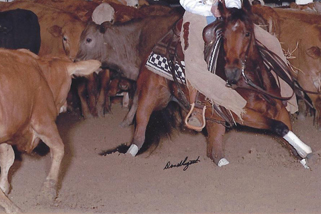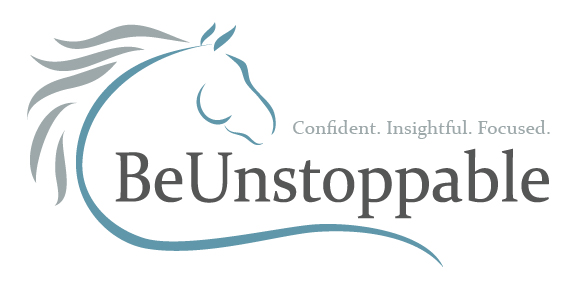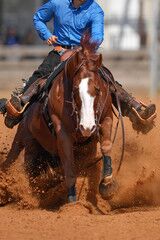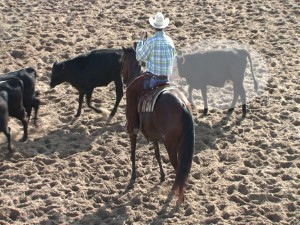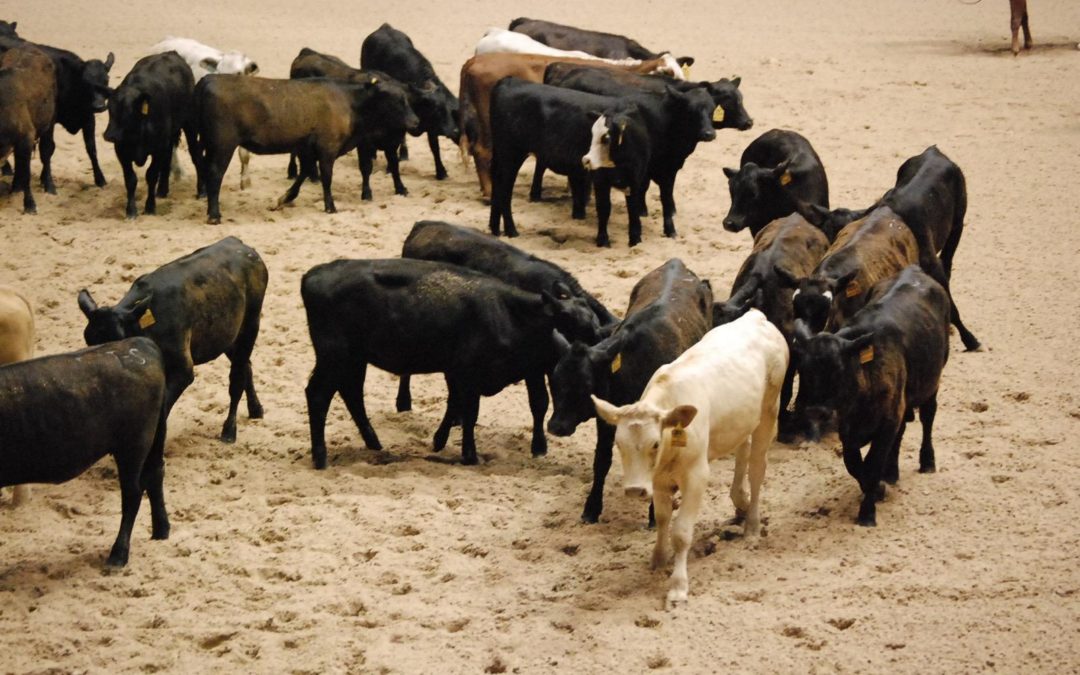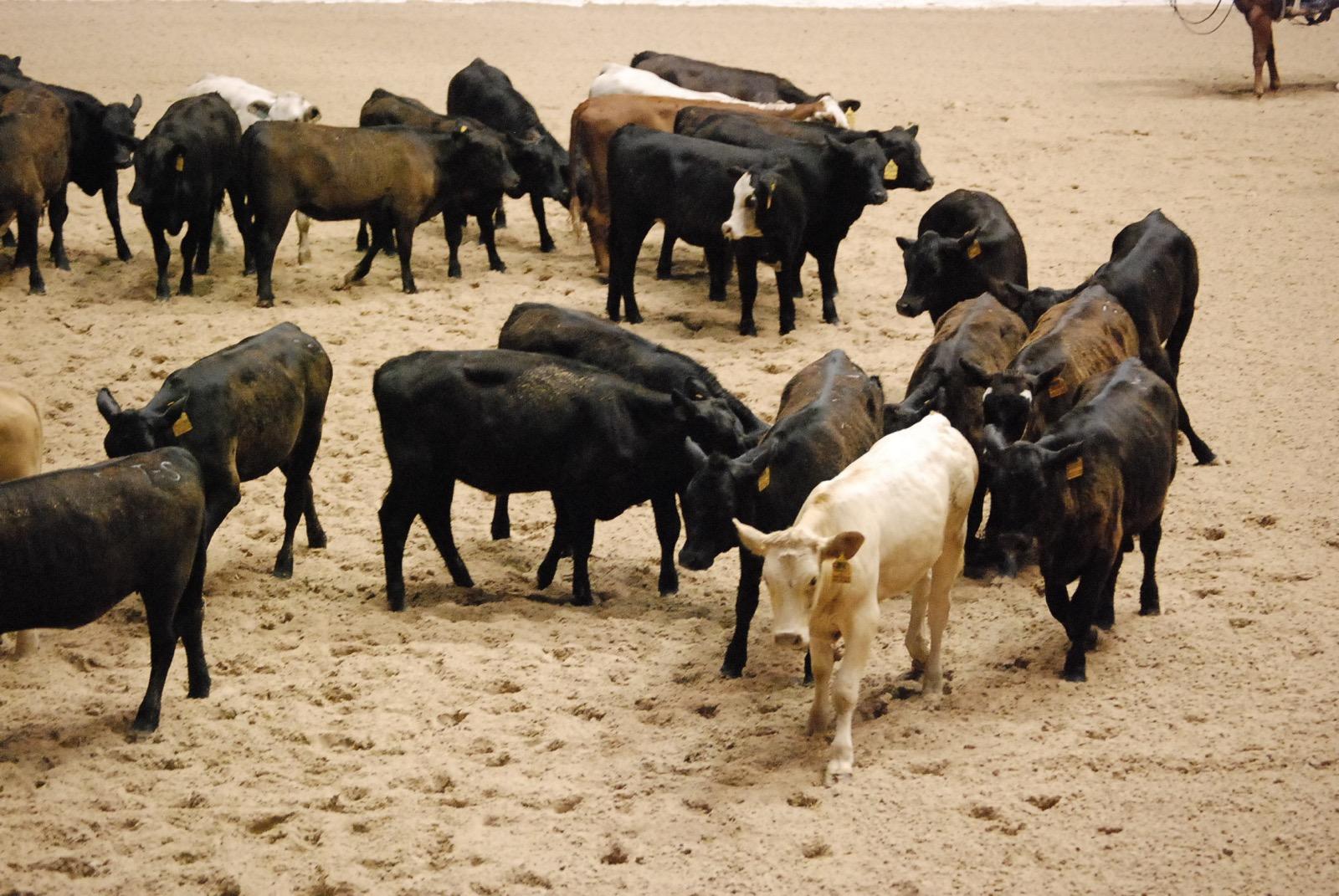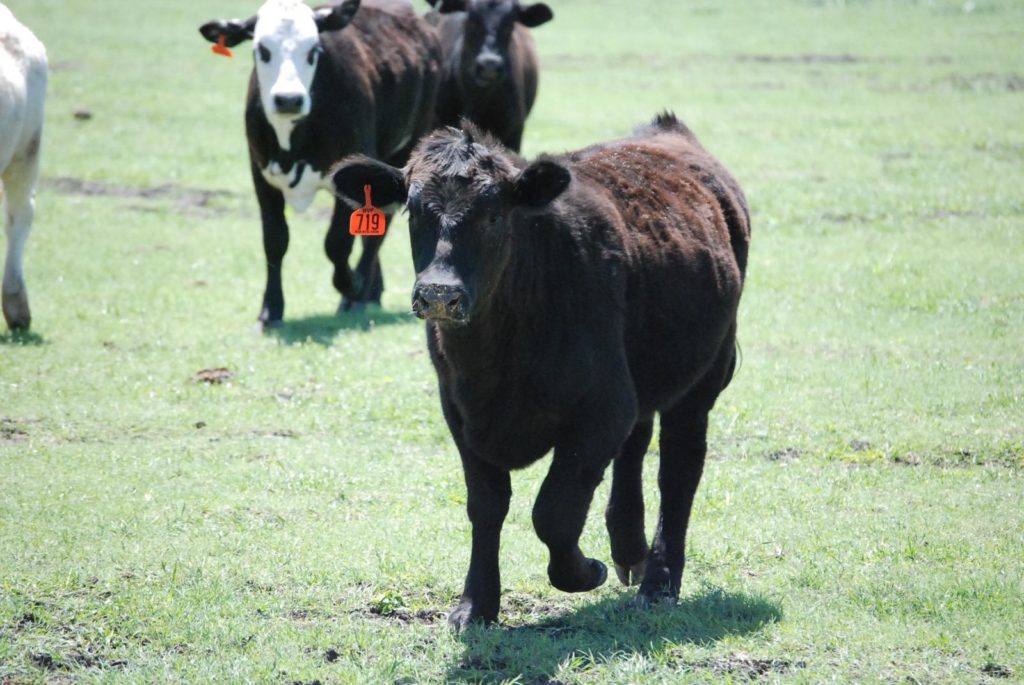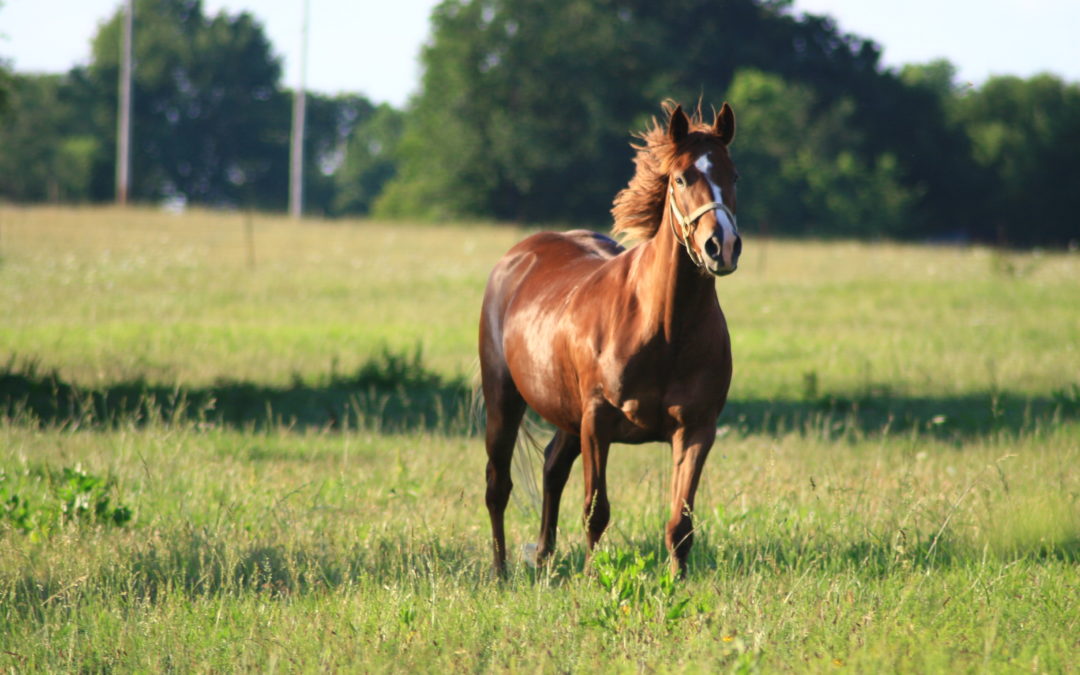I’m going to talk about the myth that certain types of people have an ability for higher levels of success. The relationship between personality and performance is often misunderstood.
The truth is your beliefs about yourself determine if you give yourself the gift of unlimited learning and growth.
Your ability to have a vision, feel the right emotions and do your job are what determine if you continue to improve.
Some people believe that if you are shy, you have to change your personality to be successful. To throw that idea out the window, look at the different personalities in any sport. You don’t have to change who you are to be successful. In fact, if you try to change who you really are … that never ever works.
If you tend to be the quiet type, you may need to get more aggressive at some point or let go of things you can’t control, but it’s not about changing your personality.
And what if people tell you that you aren’t aggressive enough and that you don’t have that killer instinct?
Here’s what I know. Being aggressive is a concept. It means different things to different people. If you do need to be more aggressive, first you need to understand when to be aggressive and under what conditions. Ask for concrete examples and clear ideas. Try it. If it works, yah! If it doesn’t work, evaluate whether you should try it again … or not.
And what about the ‘ole killer instinct idea?
Some people think it’s good to want to ‘beat’ other people. I understand that competitive spirit drive. But I would say, that the only thing you have control of is reaching for and exceeding your own personal best … not beating others. When you compete, measure your success against your own scorecard. And know that when you reach the level of excellence of those at the top of the division of your sport, results take care of themselves.
Other people think of killer instinct as an ability to be unaffected by the emotions of those around you. That’s a good thing when it comes to doing your job with your horse. You have your own work to do. It’s ok to feel empathy for other people but don’t let it affect your own mental and emotional state. Work on your own concentration skills. In order to ride at your best, you must be able to do your job with your horse … and your job takes concentration and positive emotions.
The personality traits of highly successful riders are not some special gift from above that they have … and maybe you have them … or maybe you don’t. Excellent riders are not born. All of the skills you need to be successful are made with hard work, excellent instruction, patience, focus, and persistence. They are not inherited.
We all have the potential for greatness. And so do you. True greatness is measured by you … not the outside world.
